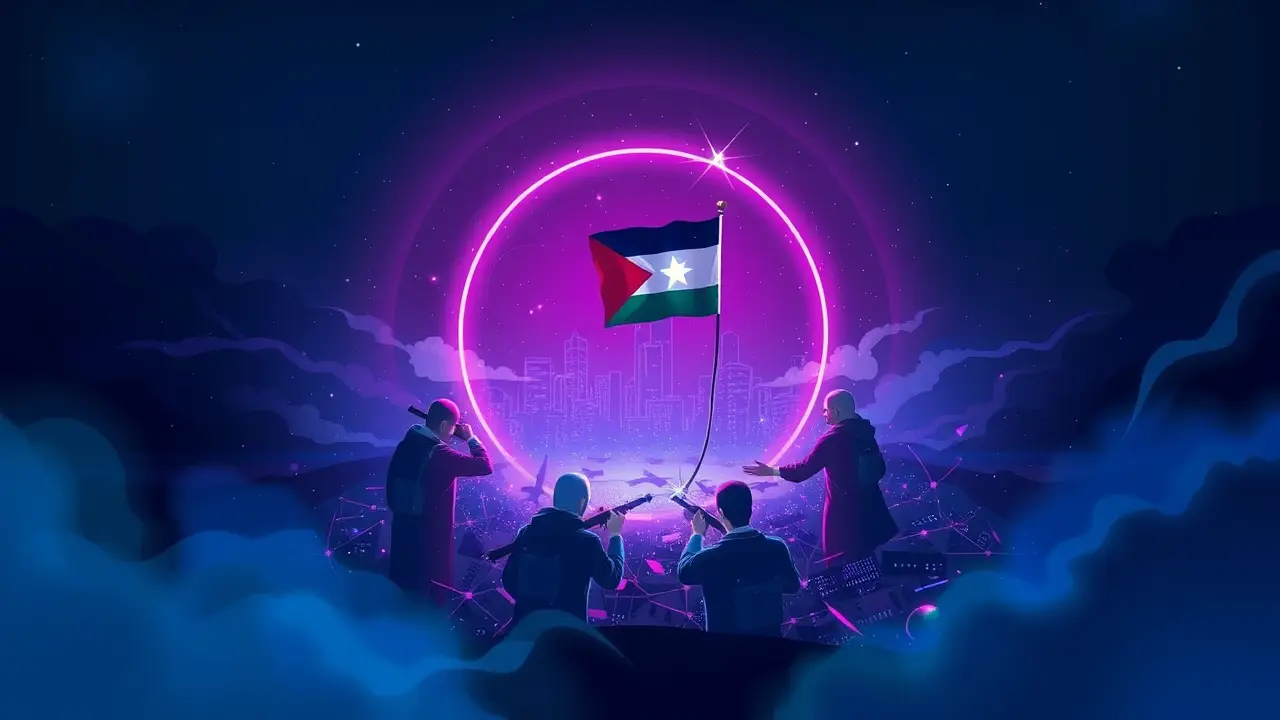Israeli and Palestinian Prisoners Freed in Exchange Deal
In a high-stakes maneuver that feels ripped from a geopolitical risk assessment playbook, a major hostage and prisoner exchange has been executed, marking what analysts are cautiously labeling a significant step towards ending two years of brutal war in Gaza. This isn't just a simple swap; it's a fragile, meticulously negotiated de-escalation trigger, the kind of event we model for in scenario planning, where the immediate humanitarian reprieve is immediately shadowed by the immense logistical and political risks of what comes next.The deal, brokered through back-channel diplomacy likely involving Qatar and Egypt, represents a classic confidence-building measure, but one set against a backdrop of profound mutual distrust and a conflict that has claimed tens of thousands of lives and displaced over a million. For the Israeli government, the calculus involves securing the return of citizens held by Hamas, a core national imperative, while simultaneously facing intense internal pressure from hardline factions for whom any concession is seen as a dangerous victory for the militant group.On the Palestinian side, the release of prisoners, many held in administrative detention without trial, is a powerful symbolic and political win for the Palestinian Authority and Hamas alike, potentially altering the internal Palestinian power dynamics in the aftermath of the war. Historically, such exchanges are fraught precedents; the 2011 Shalit deal, which saw over a thousand Palestinian prisoners exchanged for one Israeli soldier, is often cited as having bolstered Hamas's operational capacity and political standing, a risk the current Israeli cabinet has had to weigh against the urgent need for a ceasefire.The immediate consequence is a palpable, if temporary, reduction in violence, creating a humanitarian corridor for aid to flow into the decimated Gaza Strip, where infrastructure is shattered and a massive reconstruction effort looms. However, the scenario planning must now account for the day after: will this create a durable ceasefire, or merely a tactical pause allowing both sides to re-arm and recalibrate? The stability of any post-war Gaza is the billion-dollar question, with scenarios ranging from a revitalized Palestinian Authority assuming control under an international mandate to a dangerous power vacuum that could be filled by even more radical elements.The regional implications are equally significant, potentially opening a window for renewed Saudi-Israeli normalization talks, which were frozen at the war's onset, and either stabilizing or further destabilizing the already volatile Lebanon-Israel border. For global markets, the de-escalation reduces the premium on regional risk, particularly for energy prices, but the underlying structural conflicts—over borders, Jerusalem, and the ultimate status of a Palestinian state—remain entirely unresolved. This exchange, therefore, is not an endpoint but a critical inflection point, a moment where the immediate human relief is undeniable, yet the long-term strategic landscape remains shrouded in a fog of uncertainty, demanding continuous, sober analysis of the cascading possibilities that now lie ahead.
JA
Jamie Larson123k2 days ago
tbh this feels like we've seen this movie before idk if it actually changes anything long term
0
BR
Brittany Miller123k2 days ago
omg this is such amazing news finally some hope for those families
0
JA
Jamie Larson123k2 days ago
this seems like a massive step tbh but idk if it'll actually hold, feels like we've been here before
0
